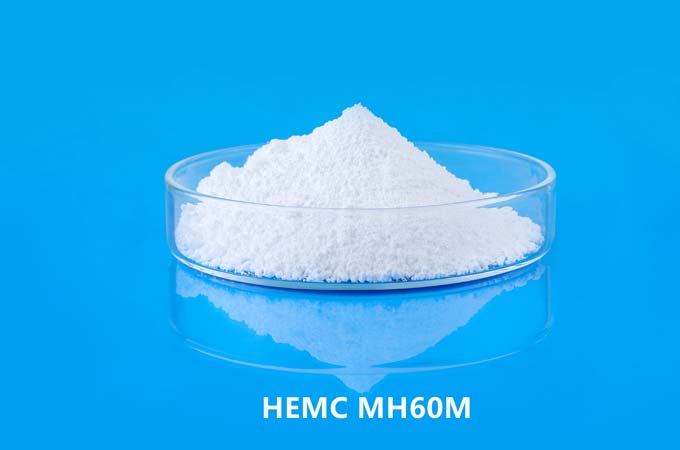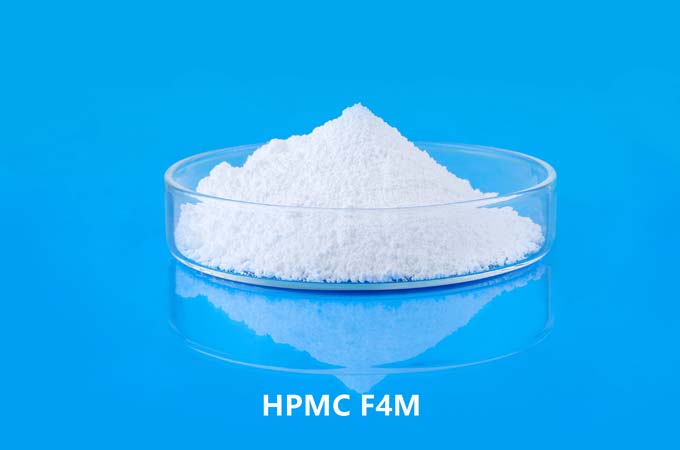Tile adhesive, also known as tile bonding mortar, plays a vital role in the installation of ceramic tiles. Whether it's a floor, wall, or any other surface, the correct use of tile adhesive ensures the longevity and durability of your tile installation.
What is tile adhesive?
a. Definition and Ingredients: Tile adhesive is a specialized adhesive material used to secure ceramic tiles to a variety of surfaces. It usually consists of cement, sand, redispersible latex powder (RDP) and other additives.
b. Types of Tile Adhesives: There are different types of tile adhesives including cement based adhesives, epoxy based adhesives and dispersion adhesives. Each type has unique properties suitable for specific applications and conditions.
Cement-based tile adhesive:
a. Ingredients and Features: Cement-based tile adhesive is the most commonly used type. It contains Portland cement as the main binder along with graded sand and additives.
b. Application: Mix cement-based adhesive with water to form a paste consistency before use. It is suitable for indoor and outdoor tile installation, with good adhesion and water resistance.
Epoxy tile adhesive:
a. Features and Benefits: Epoxy adhesive consists of epoxy resin and curing agent. They have excellent bonding strength and chemical resistance and are suitable for use in areas with large changes in humidity and temperature.
b. Application and Precautions: Epoxy adhesives require precise mixing and application due to their rapid curing properties. They are commonly used in industrial settings, commercial kitchens and areas exposed to harsh chemicals.
Dispersion Tile Adhesive:
a. Ingredients and Properties: Dispersion adhesives, also known as acrylic adhesives, contain acrylic polymers dispersed in water. They are flexible and have good adhesion, making them suitable for lightweight tiles and flexible substrates.
b. Applications and Benefits: These adhesives are easy to apply and suitable for interior tile projects such as bathrooms, kitchens and backsplashes. They have excellent water resistance and resistance to temperature changes.
How to apply:
a. Surface Preparation: Proper surface preparation is critical to successful application of tile adhesive. The surface should be clean, dry and free of any contaminants.
b. Spatula Selection: Choosing the correct spatula size and cut depth is critical to achieving the desired adhesive coverage and bond strength.
C. Mixing and Application: Follow manufacturer's instructions for mix ratios and application techniques. Use a notched trowel to spread the adhesive evenly over the substrate, ensuring proper coverage.
d. Tile installation: Press the tile firmly into the adhesive, ensuring full contact and alignment. Use spacers to keep grout joints even.
Benefits of using tile adhesives:
a. Strong Bond: Tile adhesive creates a strong bond between the tile and substrate, ensuring a long-lasting installation.
b. Flexibility: Certain types of adhesives are flexible, allowing the tile to expand and contract without affecting the bond.
C. Water Resistance: Many tile adhesives have excellent water resistance, preventing moisture-related problems such as the growth of mold and mildew.
d. Time efficiency: Using tile adhesive can speed up the installation process compared to traditional methods such as cement mortar.
e. Versatility: Tile adhesives are suitable for use on a variety of tile types, including ceramic, porcelain, natural stone and glass.
Things to note and best practices:
a. Environmental Conditions: Consider ambient temperature and humidity levels during adhesive application and curing process to ensure optimal performance.
b. Substrate compatibility: Ensure the adhesive is compatible with the substrate material to prevent bonding failure.
C. Grouting: Allow the adhesive to fully cure before grouting to avoid disturbing the alignment and bonding of the tiles.
d. Safety Precautions: Follow safety guidelines provided by the adhesive manufacturer, including proper ventilation and use of personal protective equipment (PPE).
Tile adhesives are an integral part of tile installation, providing a reliable bonding solution with many benefits including strength, flexibility and water resistance. By understanding the different types of tile adhesives, application methods and best practices, contractors can successfully and durable install tile in residential, commercial and industrial settings.
 English
English 日本語
日本語 français
français Deutsch
Deutsch Español
Español italiano
italiano русский
русский português
português العربية
العربية Türkçe
Türkçe Nederland
Nederland



